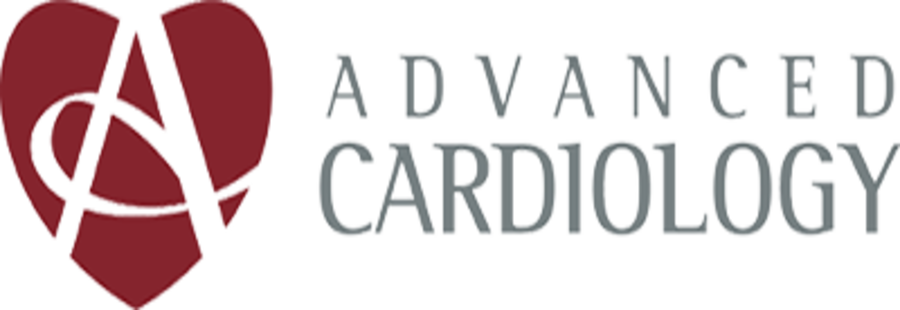Procedure
♥ MYOCARDIAL PERFUSION IMAGING
Please wear comfortable clothing and running shoes the day of the test and do not put any creams, lotions or oils on your chest the day of the exam. We do not permit children in the exam room due to safety. If you do not speak English we require a translator to be present throughout the whole exam. This test takes 4-6 hours from the time you arrive. Ensure you are able to be present for the whole test and other appointments be booked accordingly.
For this test you will need to be caffeine free for 24 hours prior to the exam. This includes coffee, pop, tea, chocolate as well as any decaffeinated beverages. Please don’t eat or drink starting from midnight prior to the exam. Some medications will need to be stopped 48 hours prior to the test. These medications are beta blockers and calcium channel blockers. If you are unsure of taking these medications please either contact your doctor or call your pharmacist to confirm. There was also a list of common medications given to you before you left the clinic.
♥ CONSULTATION APPOINTMENT
Cardiovascular consultation is first step to successful cardiac care and the most important aspect of medical treatment. It is an opportunity for patients to discuss their cardiac problems, current complaints, as well as understand the risks, and complications. A complete risk assessment will be completed and suggestions to help modify your risk factors will be given. This visit will also help you understanding the various treatment method, and test that may be ordered. (Read more)
♥ STRESS ECHOCARDIOGRAM
Stress Echo test involves exercising on a treadmill while you are closely monitored. It helps determine how well your heart tolerates activity, evaluate the function of your heart and valves, determine your likelihood of having coronary artery disease and evaluate the effectiveness of your cardiac treatment plan. (Read more)
♥ TRANSTHORACIC ECHOCARDIOGRAM
A transthoracic echocardiogram (TTE) is the most common type of echocardioram, which is a still or moving image of the internal parts of the heart using ultrasound. In this case, the probe is placed on the chest or abdomen of the subject to get various views of the heart. It is used for a non-invasive assessment of the overall health of the heart, including a patient’s heart valves and degree of heart muscle contraction (an indicator of the ejection fraction). The images are displayed on a monitor for real-time viewing and are also recorded. (Read more)
♥ 24-HR BLOOD PRESSURE MONITOR
Ambulatory blood pressure (ABP) monitoring involves measuring blood pressure (BP) at regular intervals (usually every 20–30 minutes) over a 24 hour period while patients undergo normal daily activities, including sleep. The portable monitor is worn on a belt connected to a standard cuff on the upper arm and uses an oscillometric technique to detect systolic, diastolic and mean BP as well as heart rate. When complete, the device is connected to a computer that prepares a report of the 24 hour, day time, night time, and sleep and awake (if recorded) average systolic and diastolic BP and heart rate. (Read more)
♥ ELECTROCARDIOGRAM
An ECG records the electrical activity of the heart. The heart produces tiny electrical impulses which spread through the heart muscle to make the heart contract. These impulses can be detected by the ECG machine. You may have an ECG to help find the cause of symptoms such as the feeling of a ‘thumping heart’ (palpitations) or chest pain.(Read more)
♥ 24 OR 48-HOLTER MONITOR
Holter monitoring is usually used to diagnose heart rhythm disturbances, specifically to find the cause of palpitations or dizziness. You wear a small recording device, called a Holter monitor, which is connected to small metal disks (called electrodes) that are placed on your chest to get a reading of your heart rate and rhythm over a 24-hour period or longer. Your heart’s rhythm is transmitted and recorded on a tape, then played back into a computer so it can be analyzed to find out what is causing your arrhythmia. Some monitors let you push a record button to capture a rhythm as soon as you feel any symptoms.(Read more)
♥ CARDIAC STRESS
An exercise electrocardiogram (ECG) records your heart’s response to the stress of exercise. An exercise ECG measures your heart’s electrical activity, blood pressure and heart rate while you exercise, usually by walking on a treadmill. (Read more)
© Advanced Cardiology. All right reserved.

